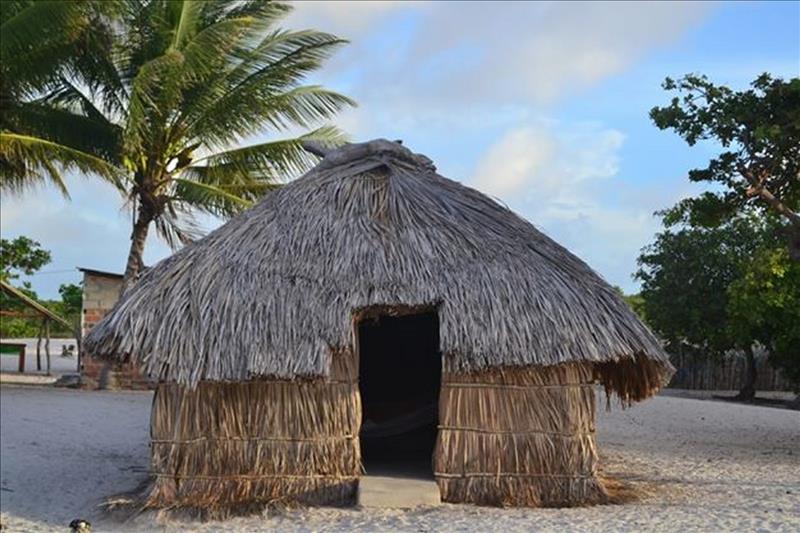Guarana - Exotic Medicinal Plant from the Amazon

Guarana - Exotic Medicinal Plant from the Amazon
Who is on a Brazil journey, will not avoid to hear at least from Guarana or to try it out. In Brazil, you can find Guarana as a drink in every small supermarket around the corner. Made from guarana extracts, it is the most popular soft drink of the Brazilians and should not be missing in any refrigerator. The popularity is also reflected in the sales figures because about a quarter of all soft drinks sold in Brazil are made from Guarana. During the Brazil vacation, one should try this thirst quencher.
The discovery of the Guarana plant goes back several centuries. Like the first, the South American native people of the Guarani Indians used the Guarana fruits. The origin of the name of the plant is derived from this because the indigenous Amazon peoples used the plant for many generations as a supplement and additive for food preparation, beverage production, and for the production of medical products. As a medicine Guarana was used mainly to lower fever and relieve headaches, but also to produce a general stimulating effect.
Today's use is mainly as a dietary supplement and additive in drinks because due to its bitter and tart taste, Guarana is hardly ever consumed pure, but only added to other foods. Guarana was used in the Amazon area particularly during fasting periods because this remedy is said to have a hunger-dampening effect.
Amazon is considered one of the most beautiful destinations and on a group tour in Brazil, the beautiful landscape of this region can be discovered. Especially animal and nature lovers can get to know the rainforest, but also the Pantanal on one of the numerous round trips in Brazil.
The actual fruits, which reproduce approximately every three months, grow roundish in bunches in an intense red-orange tone. The process of processing the fruit, which has been carried out by indigenous peoples for generations, begins with sun drying. Then the skin of the fruit opens and reveals one to three white-black seeds, similar to a human eye. This is also the basis of some of the legends of the indigenous Amazonian peoples and expresses the magic of the fruit. Due to the optimal climatic conditions, the main area of cultivation in northern Brazil is the Amazon region as well as parts of Venezuela and Peru, as the plant usually does not survive drought or frost.
As soon as the kernels are completely dry, they are roasted in a fire and then grinded or ground like cocoa. Then the guarana powder is mixed with freshwater and served and drunk as a kind of coffee with sweetened honey. Further use is in a blend with various fruits for example bananas, avocados, acais, and a traditional mixture of honey, syrup, peanuts, and various Brazilian nuts such as the Amazon chestnut and cashew nuts. This delicacy should not be missed during a Brazilian vacation in the northern Amazon region of Manaus. The indigenous peoples, who today are still responsible for about 80% of the world's guarana production in powder form, can be found especially in the regions of Parintins and Maues near Manaus. For those who would like to get to know more medicinal plants, the life of the indigenous people and the Amazon region, an Amazon trip to a jungle lodge or a Rio Negro expedition is the best option.
Sources: rain-tree.com; healthline.com; guarana.com

